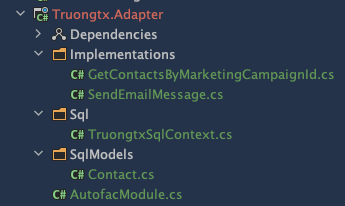Let’s talk about Microservices again!
In order to manage a Microservices system efficiently, people usually enforce all the microservices to follow some common patterns. This helps you standardize the monitoring process and add a new microservice more easily. In the Microservices project that I’m currently working on (at Agency Revolution), we also have to implement a base class for the each different type of microservice. The base class contains the logic to write log in the correct format, to handle some common errors correctly or to alert the developers if something go wrong, etc.
Basically, there are 2 types of Microservices in our system: Synchronous and Asynchronous. I will focus mostly on one type of Async worker in this post: The Message Queue workers. The base class was initially built in Nodejs. After several years of development, we started to face many problems with the design. And now, I’m going to show you how I identified the drawbacks and improved it with a better version in C#.
Why C#? I may explain in another post. But right now, you can take a look at this post first.
How it all began
First, we started with this Inheritance model, the way that most people will think of when they start implementing a Worker base module. We defined a super class that all the workers in the system can derive from. It contains the logic to pull messages from the corresponding queue and activate the main handler function.
// This is Javascript code
// The base class
class WorkerBase {
constructor(config) { this.queueName = config.queueName; }
async start() {
let message;
do {
message = await pullMessages(1); // pull 1 message at a time
await this.processMessage(message);
} while (message != null);
}
// implement this in the derived class
async processMessage(message) { throw new Error('Not implemented'); }
}
// Worker service 1
class Worker1 extends WorkerBase {
constructor() { super({ queueName: 'Worker1' }); }
async processMessage(message) {
// implement worker1 logic here
}
}
// Worker service 1
class Worker2 extends WorkerBase {
constructor() { super({ queueName: 'Worker2' }); }
async processMessage(message) {
// implement worker2 logic here
}
}
// to activate a worker
const worker = new Worker1();
await worker.start();





